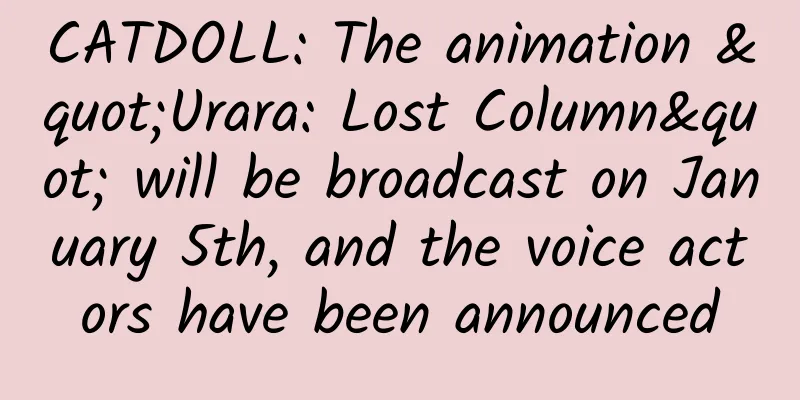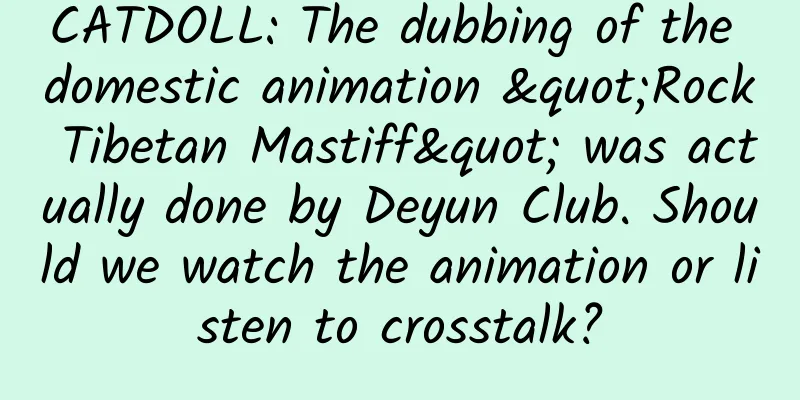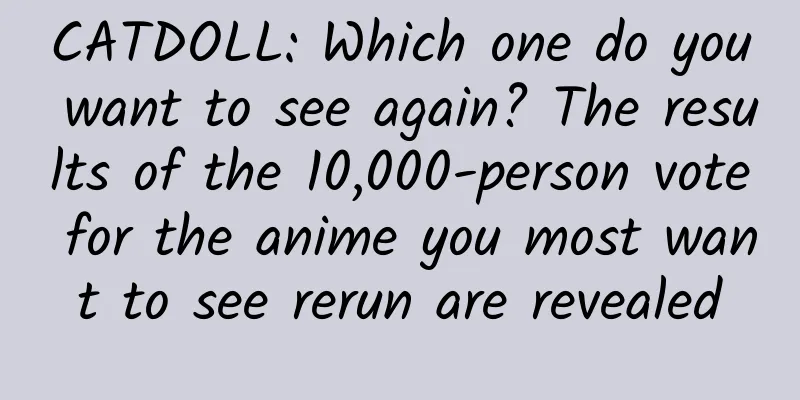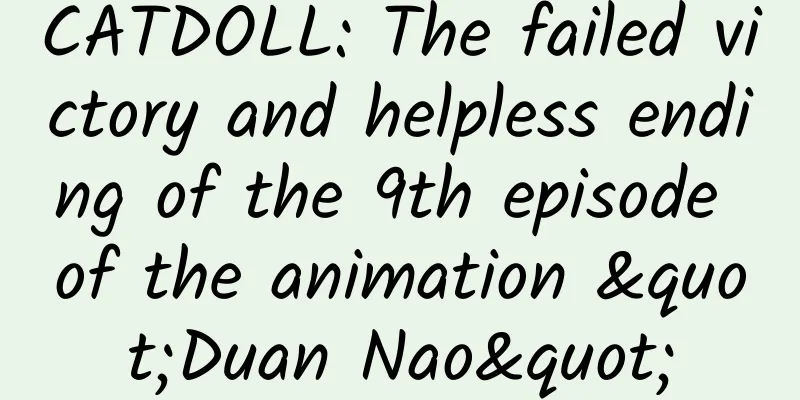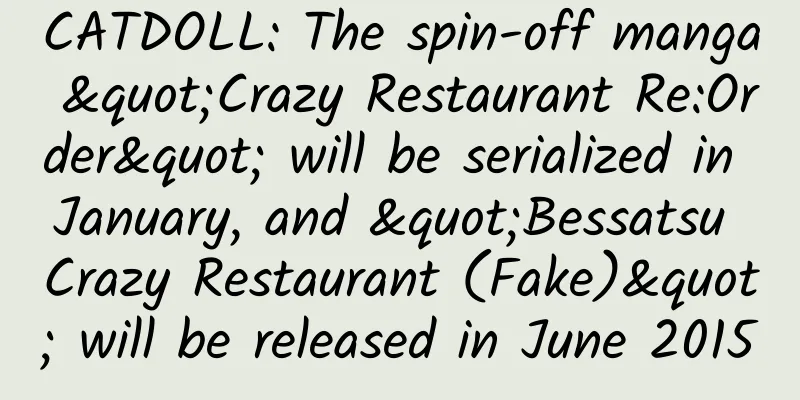CATDOLL: American animators complain about inhuman treatment while working in Japan

|
Determined to join the Japanese animation industry, American animator Henry Thurlow moved to Tokyo to pursue his dream. It took him four years to finally win the favor of a studio and get the title of animator he had always dreamed of. Unexpectedly, the working environment provided by the company was very different from his expectations. When interviewed by the media Buzzfeed, Thurlow compared himself to slave labor and said that he really could not accept the cheap treatment of $25 per week: "Let me make it clear: this (referring to Japanese animators) can no longer be called a "hard job"... it is simply a "harsh industry that is not tolerated by law." The treatment they offer is far below the minimum wage standard, and employees are so overworked that they vomit at work and even have to go to the hospital to buy medicine. Not only do you have to be available on time before the deadline, but every time we are close to the deadline, we have to face the situation of not having any days off for more than a month, and then you have to immediately return to the standard work schedule of 6 days a week and 10 hours a day. No one chats while working, and no one makes an appointment to have lunch or anything like that. Colleagues just sit at their seats and work quietly, without any thought of changing this working environment." According to Thurlow's description, he went to the hospital three times for overwork or discomfort during his time working at Nakamura-Productions and Pierrot Studios. Surprisingly, even so, Thurlow still thinks these work experiences are very rare and valuable, because he believes that as a creative worker, the work he has encountered in Japan is more satisfactory than in the United States: “When I was working as an animator in New York, I was paid enough to afford a place to live and have extra money to buy whatever I wanted, which is what I call “living a life,” but the artistic soul in me was never satisfied because I couldn’t make high-quality animations or well-known series through my work. Now, even though my life is horrible, the artist in me is fully satisfied .”
Thurlow gave a more detailed explanation of the cheap treatment of Japanese animation studios in an Ask Me Anything (AMA) thread on the Reddit forum: The amount you make varies from day to day, depending on how many drawings you can do that day. On Monday I might be picking out drawings from a large stack to do corrections (adding special effects that other animators forgot to add, or glow effects like "chi"), so that by the end of the day I'll have 40 drawings, and depending on the price of the work, I can make over $150 a day. Tuesday through Thursday I might be responsible for detailed close-ups like Tokyo Ghoul (which are really fun, by the way), but in the end I'll only be able to draw about 5 drawings a day during that time, which will only leave me with about $12 a day. I was making about $1,000 a month at Pierrot, but in the "sweatshop" I was working in before, I was only making $300 a month. |
Recommend
CATDOLL: The domestic animated film "Captain of Football" started filming, created by Takahashi Yoichi himself
When it comes to football-themed anime, everyone ...
CATDOLL: "The Contract of Sister New Devil" promotional CM released OP track preview
After releasing two PVs for the new winter anime ...
CATDOLL: Anime Starry Sky Evening News: The comic "Detective Conan" reveals Ai's real age. Anime worth recommending for Chuunibyou
Good evening, everyone. It's time to review t...
CATDOLL: Netizens hotly debate: In anime, mortals always defeat geniuses? I don’t believe you
When we watch anime, the growth of the protagonis...
CATDOLL: The animation "Glass Mask, Class 3-D" will be aired in October, and the character design and voice actors have been revealed
The girl manga "Glass Mask" by Minouchi...
CATDOLL: One year left! The new animation of "Cardcaptor Sakura" will be broadcast in January 2018
Cardcaptor Sakura announced in early November tha...
CATDOLL: The second CM of "Pramonogatari" is released with full animation scenes
The second CM of "Yorimonogatari" which...
CATDOLL: The 2015 movie version of "Detective Conan" "Sunflowers of Hell" officially released the poster and plot
The 2015 movie version of "Detective Conan&q...
CATDOLL: "Food Wars! Soma" manga chapter 136: The past of the little girl
The 136th chapter of the manga "Food Wars! S...
CATDOLL: The third movie of "Tama Xiang" will be released on November 28th, and the promotional poster has been exposed
The final movie of "Tama Hibiki" descri...
CATDOLL: Netizens complain that "bloodline" is the most important key to "Weekly Shonen Jump"
Speaking of the three major themes of Shonen Jump...
CATDOLL: "THE LAST-Naruto THE MOVIE" colorful character design revealed Naruto's domineering
Naruto, one of the three most popular manga, is f...
CATDOLL: Anime Starry Sky Evening News | Is Xiaosaki from the manga Nisekoi given a card? The dubbing PV of Under One Person is released
Good evening, everyone. The manga "Nisekoi&q...
CATDOLL: The first character design and production staff of the third season of "Working!!!" are released
The lighthearted (?) four-frame animation "W...
CATDOLL: Sunrise 2017 Animation Calendar Color Picture Released Bride CC Goddess Beautiful as a Picture
There is only one day left before the new year of...

